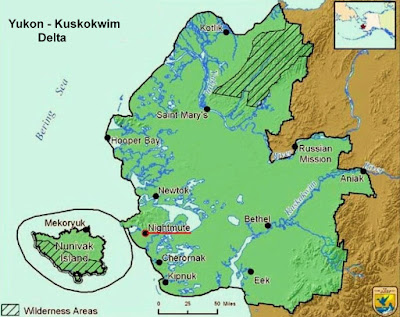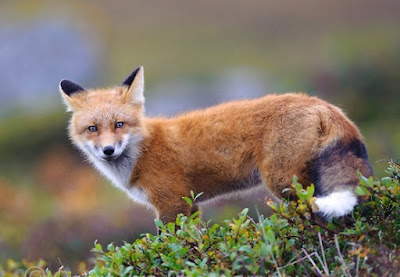Seyðisfjörður or Seydisfjoerdur is a town and municipality in Iceland's Eastfjords region, at the innermost point of the fjord of the same name.
Connected to Scotland and the Faröe, this is a typical icelandic tiny village, with a tiny port deep into the fjord, surrounded by mountains and wild waterfalls.
Settled at the sandy bottom of the fjord, it's almost unreally pretty in the unspoiled breathtaking landscape.
Coordinates: 65°15′ N, 14°0′ W, just one degree below the arctic circle.
Population: ~ 668 inhabitants.
The town was settled by fishermen from Norway in 1848, on the lowlands of the fjord, where a few farms had existed for centuries. These settlers also built some of the present day wooden buildings.
Seyðisfjörður is now well known for those wooden buildings of the 19th century, and has remnants of old street configurations within its urban fabric.
The town offers a library, hospital, the post office, some retail activity, a visual arts centre, a Technical Museum and local heritage museum, the only two cinemas in the east of Iceland, three small hotels, a swimming pool. Not so tiny, so.
The Blue Church (Bláa Kirkjan) is the absolute central landmark.
Legend says the church, from the 13th century and dedicated to St. Mary, has been moved several times; it was surely moved into Seyðisfjörður in 1921, but after so many changes and a fire no one knows what remains from the original medieval church, maybe just some of the wooden walls.
A praised concert season takes place each summer at the Blue Church.
https://www.facebook.com/blaakirkjan
As tourism is replacing the traditional fishing activity, hotels are growing in number:
Hotel Altan has a terrace café with the best view in town.
Wooden house in blue (the old Pharmacy)
19th century, norwegian style.
One of the few shops in town - the Gullabuid: crafts, decoration, gifts and utilities.
Wooden house in red...
Wooden house in red and white: the Town Hall.
Blue and white too:
The Snaefell Hotel.
The other café in town - this is Kaffi Lara, at the Snaefell.
The small harbour is still active with a few fishing ships, but presently it is mainly dedicated to tourism and leisure.
They fish mostly for herring.
No better place to sit watching the amazing but quiet scenery as the time go by, a warm blanket over the knees...
As Seyðisfjörður is rather isolated by land roads, regular ships provide most of the transport into and from the town. One of them is MV Norröna, from Tórshavn, Faröe Islands.
http://www.smyrilline.com/
Seydisfjordur is also connected by ship to Scotland.
The Skaftfell Art Centre
Amazingly, the town also has an Arts Centre:
Skaftfell is a visual art center to encourage the development of contemporary art. It is a meeting point for artists and locals and its activities are based on exhibitions and events, and also an international residency program.
http://skaftfell.is/
http://skaftfell.is/en/
----------------------
The first telegraph cable connecting Iceland to Europe started in 1906 from Seyðisfjörður, built by Great Nordic Telephone Company.
For several years this was a hub for international telecommunications.































































